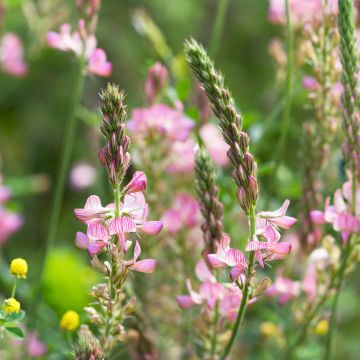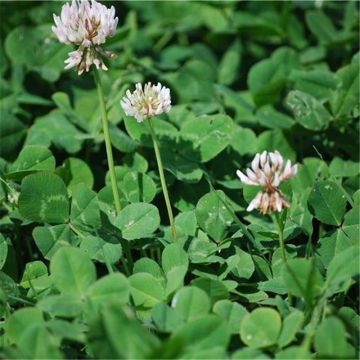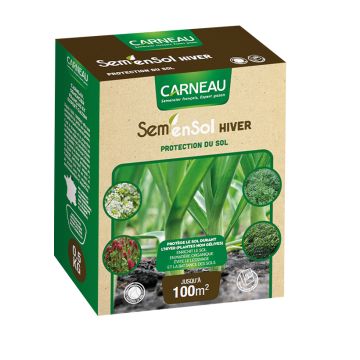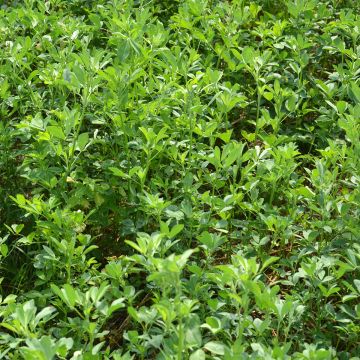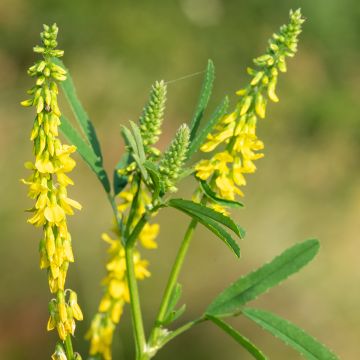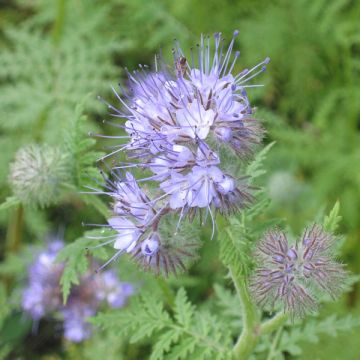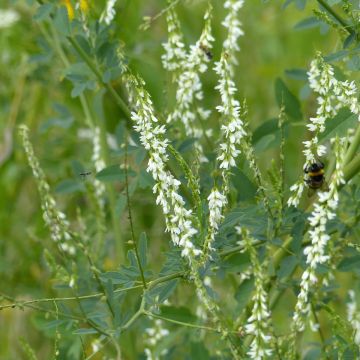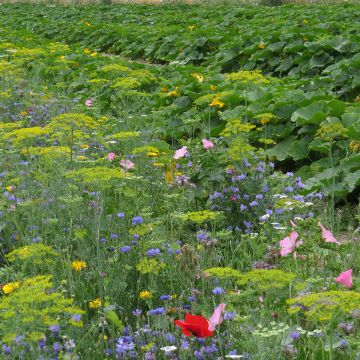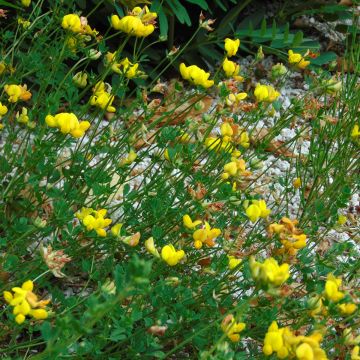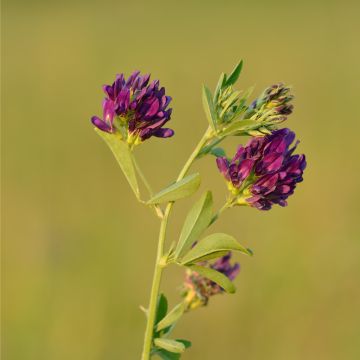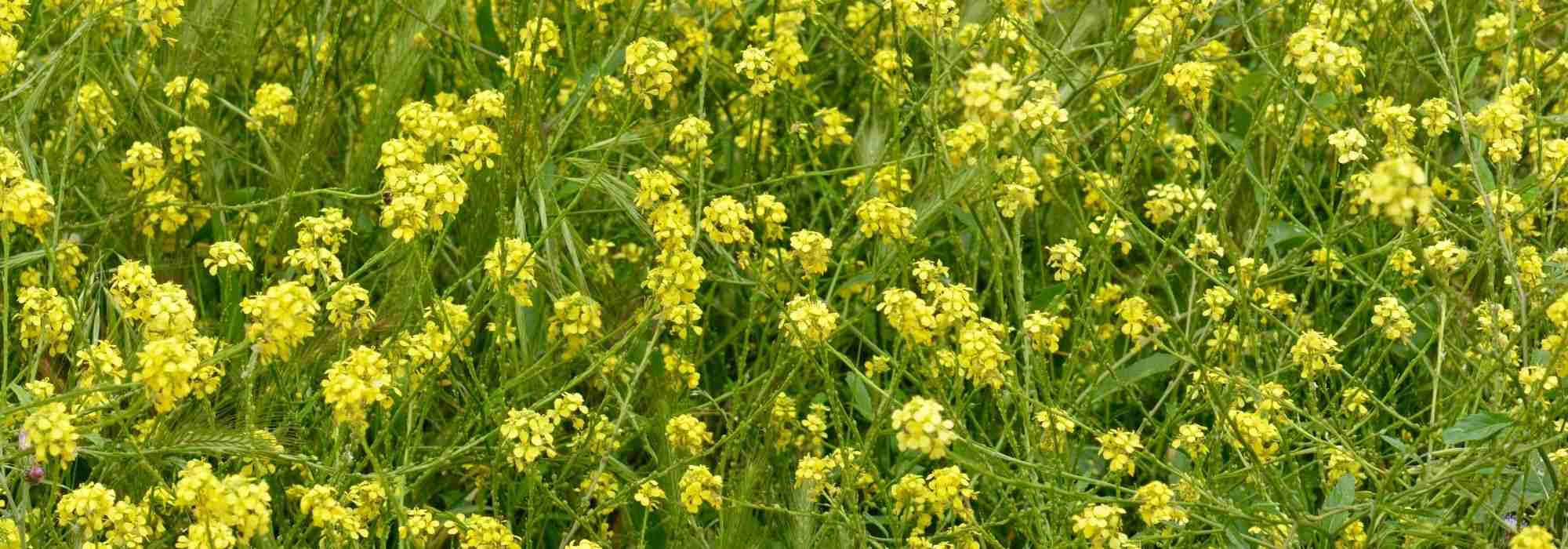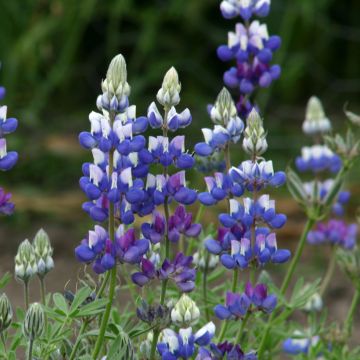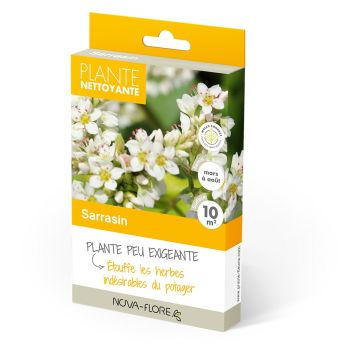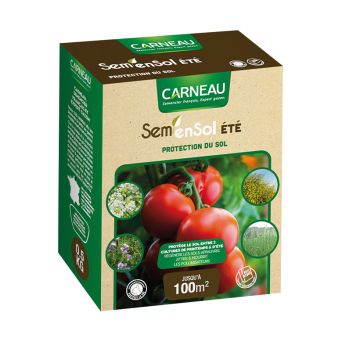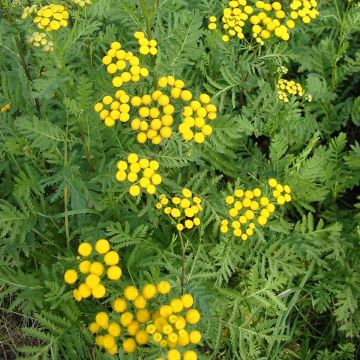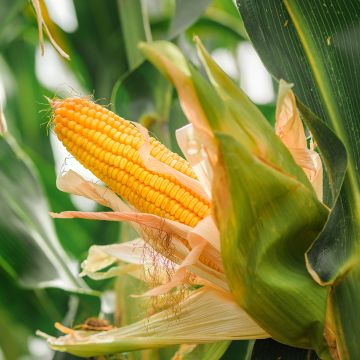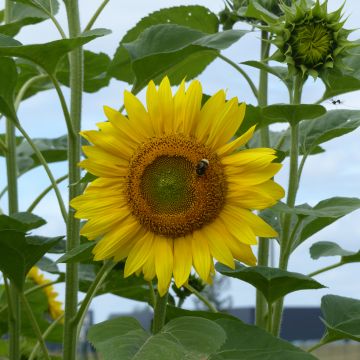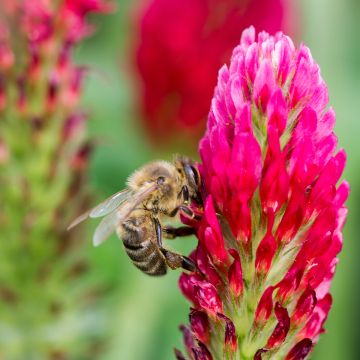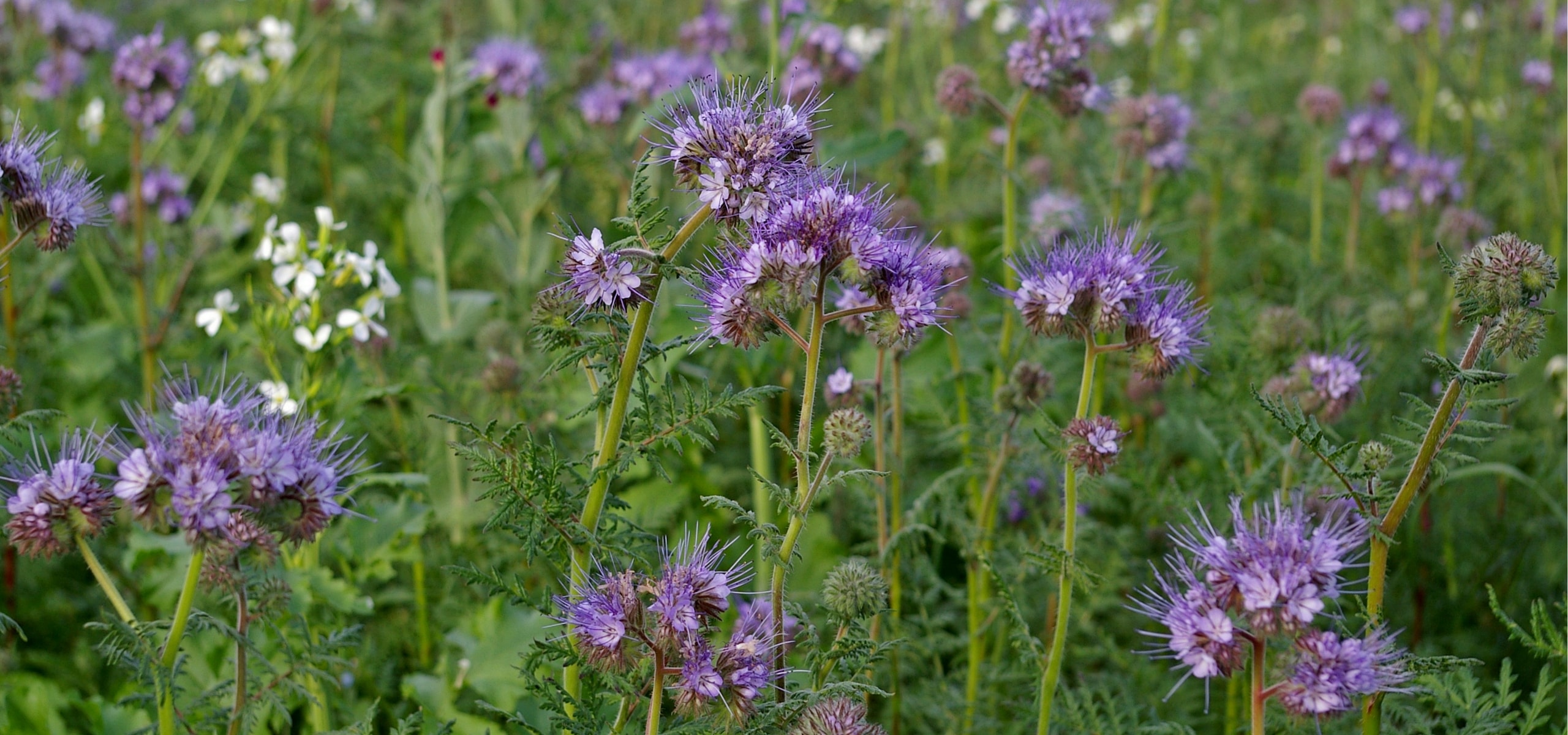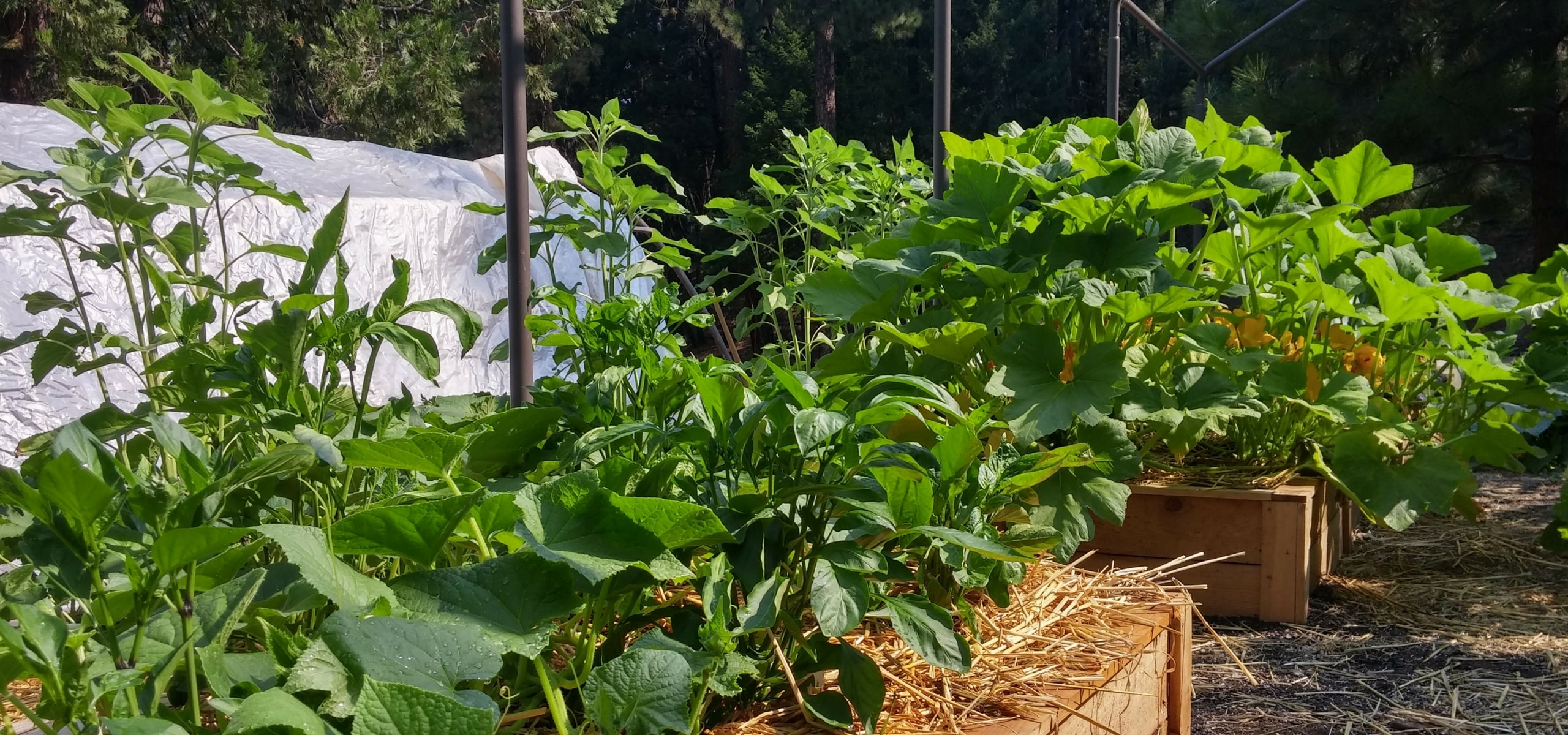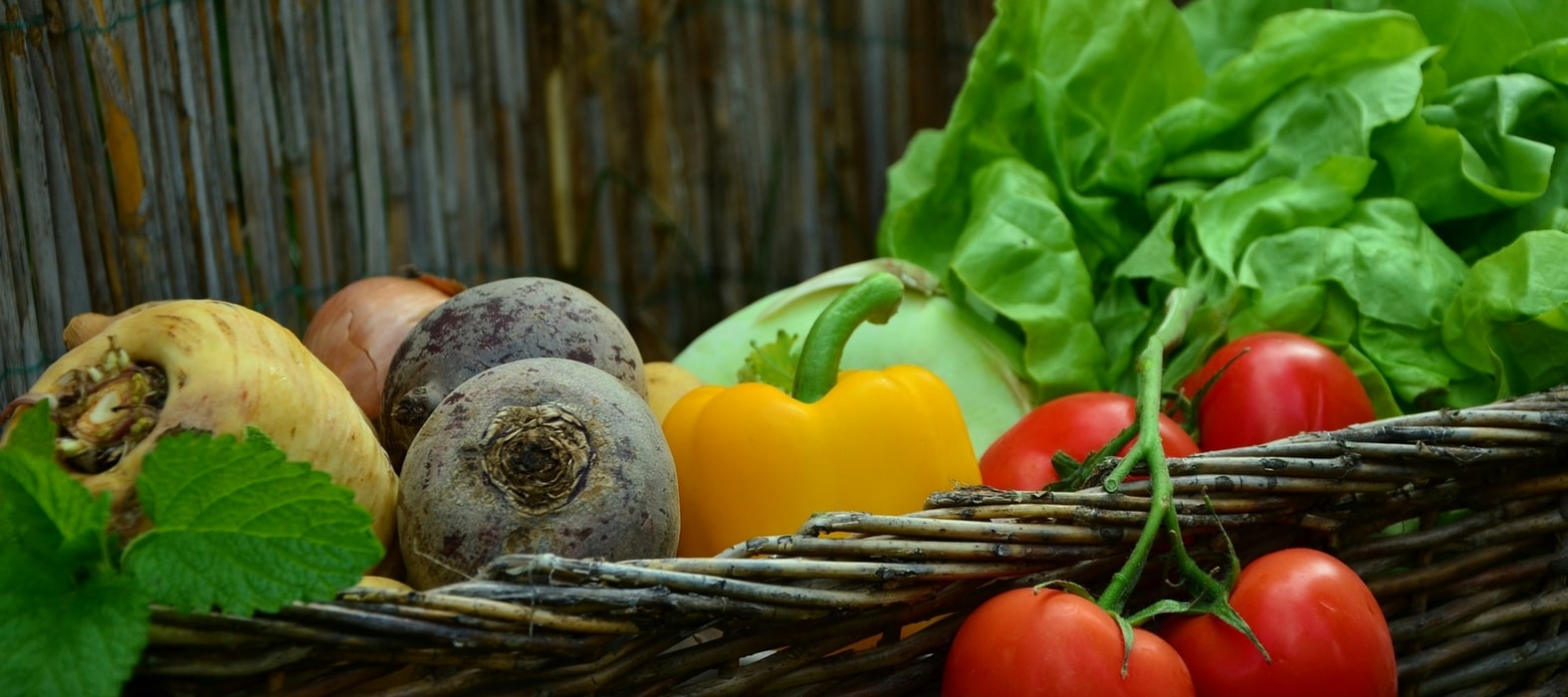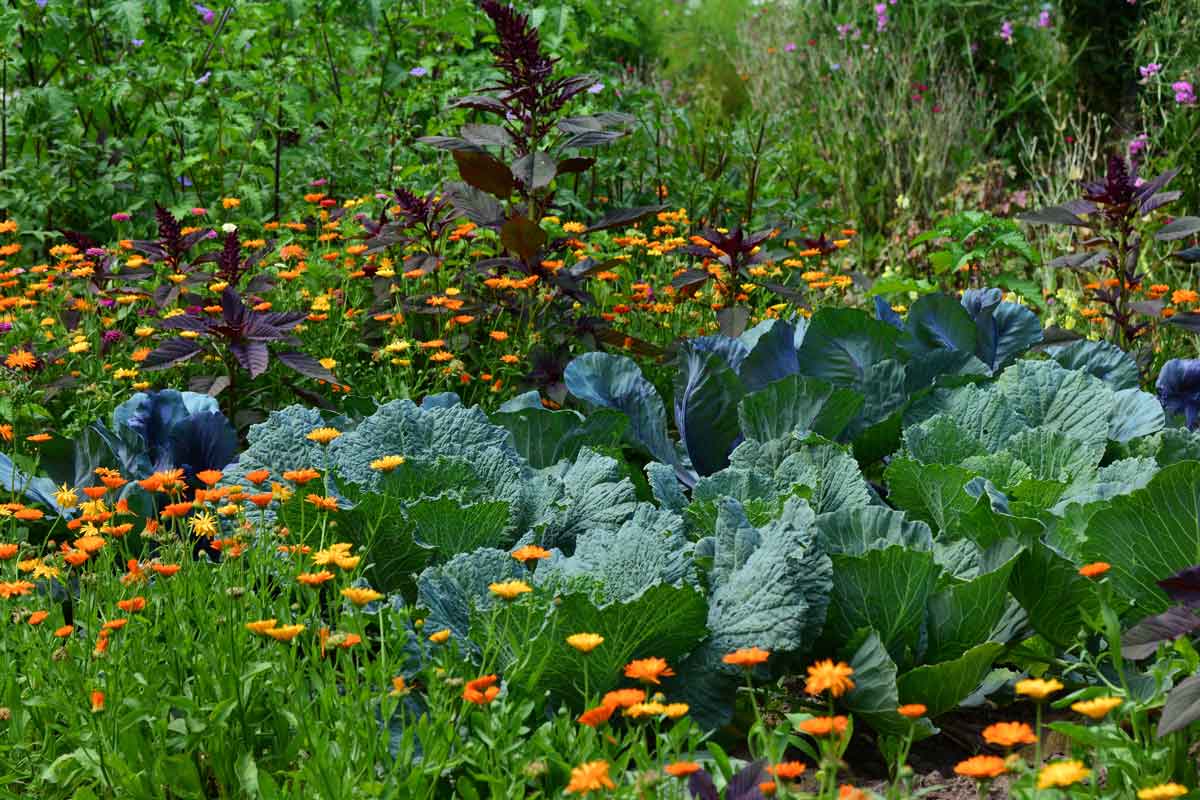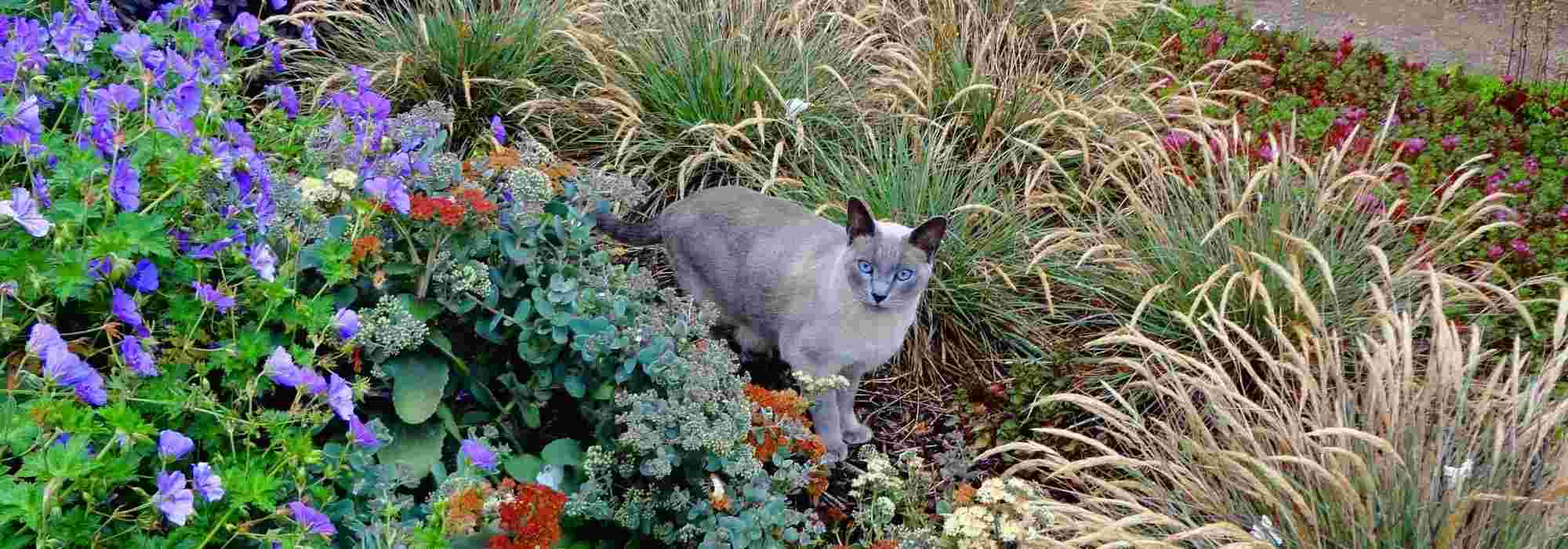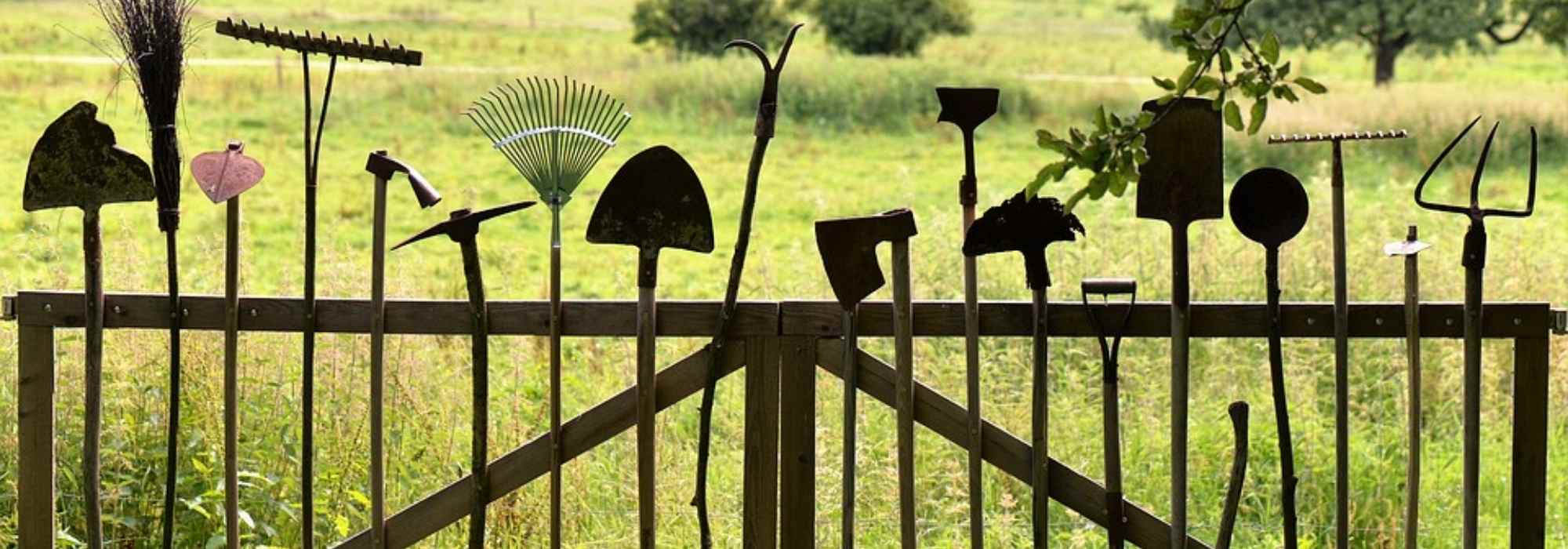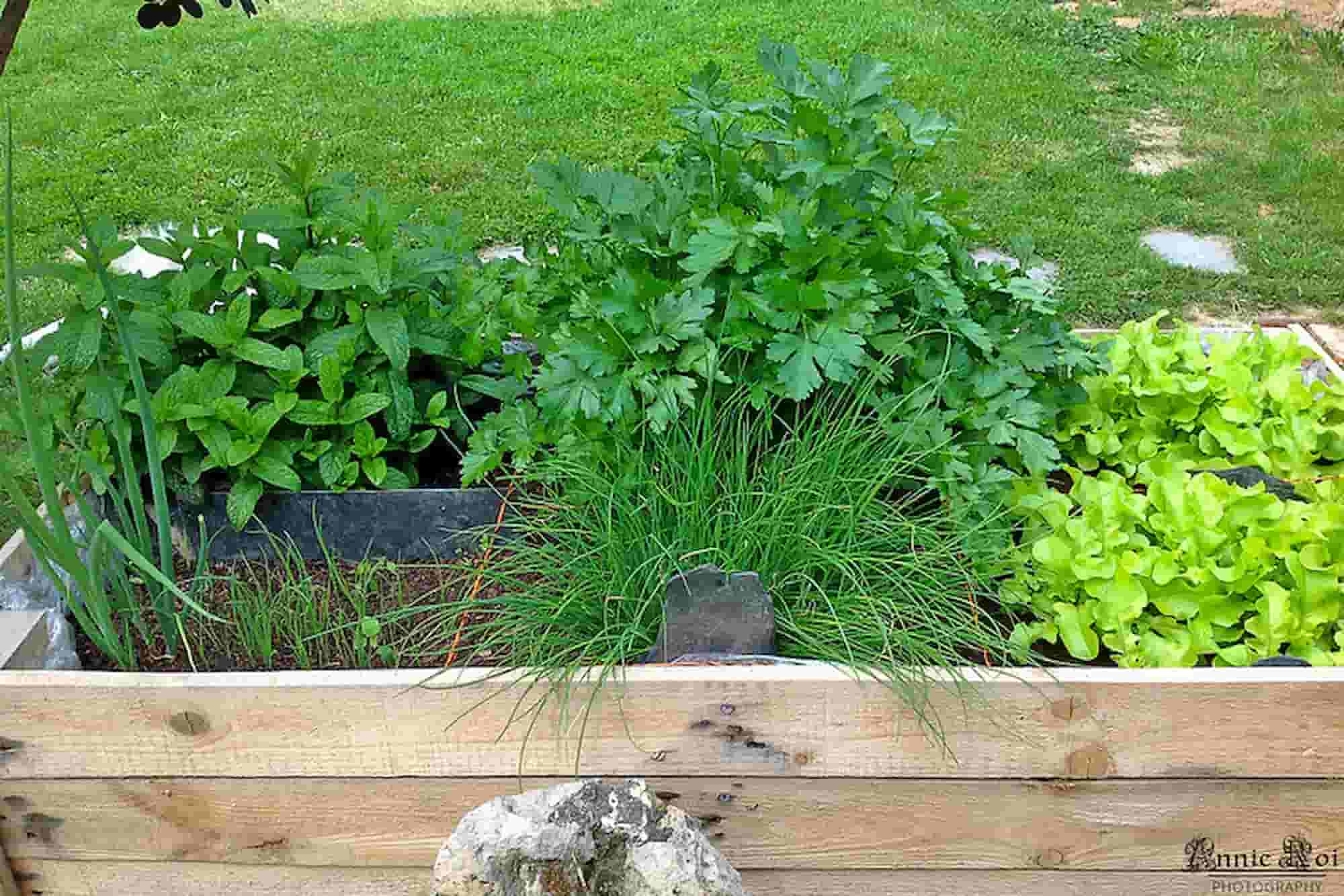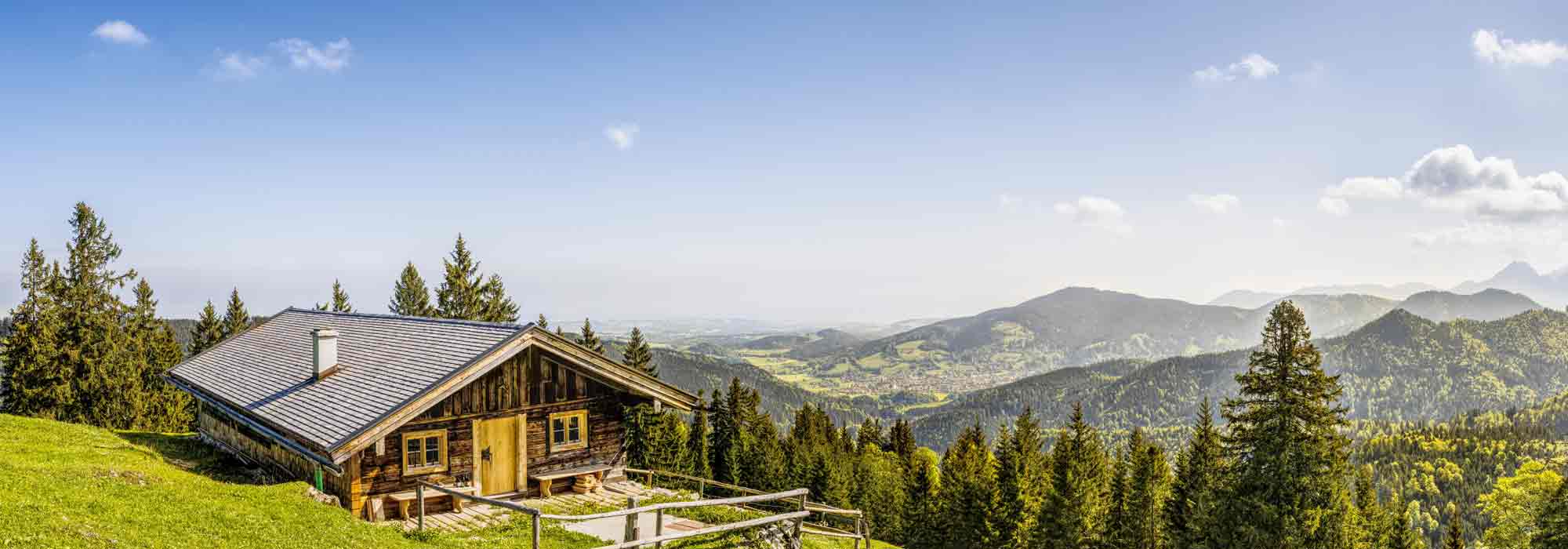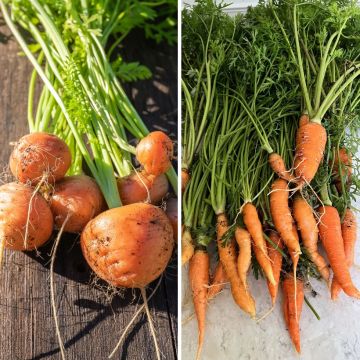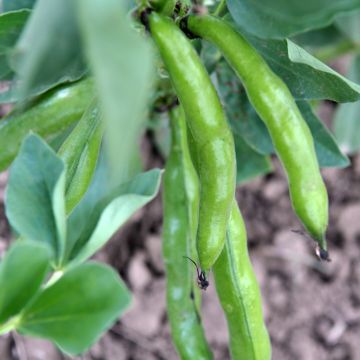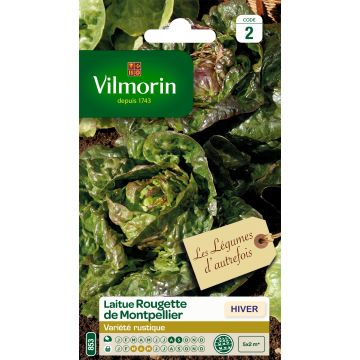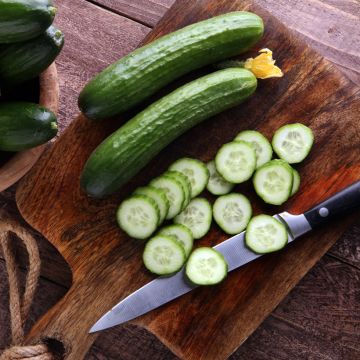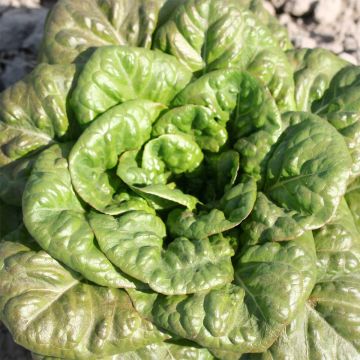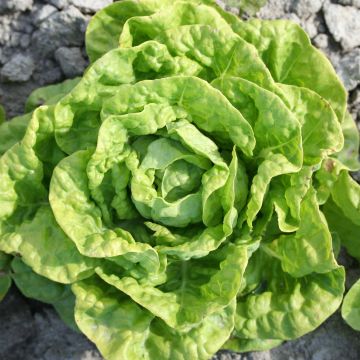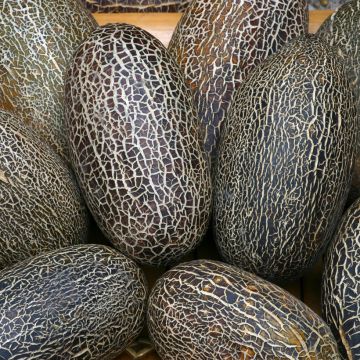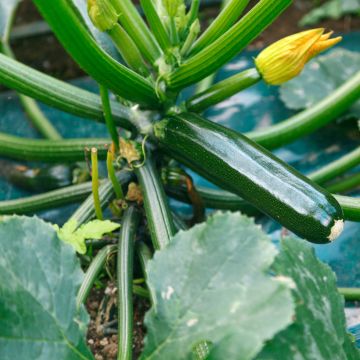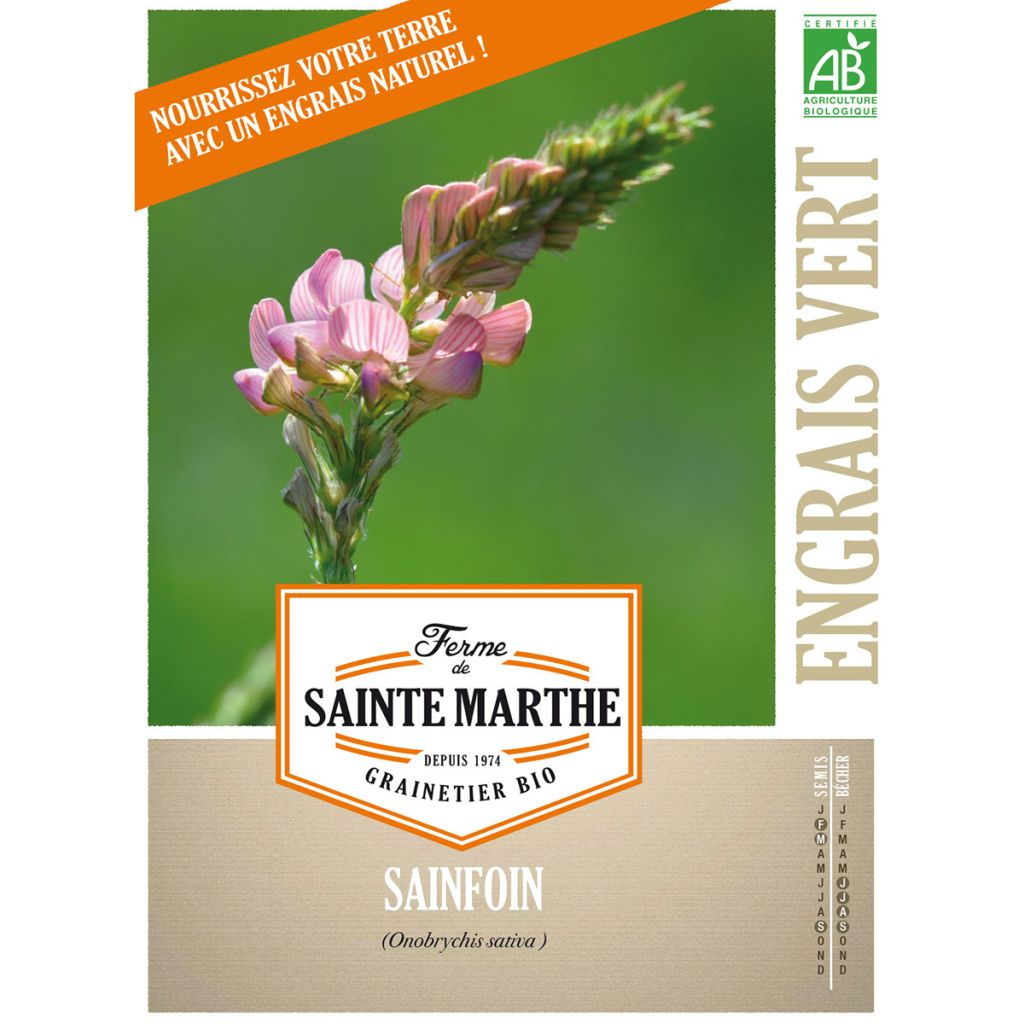

Sainfoin AB - Ferme de Ste Marthe
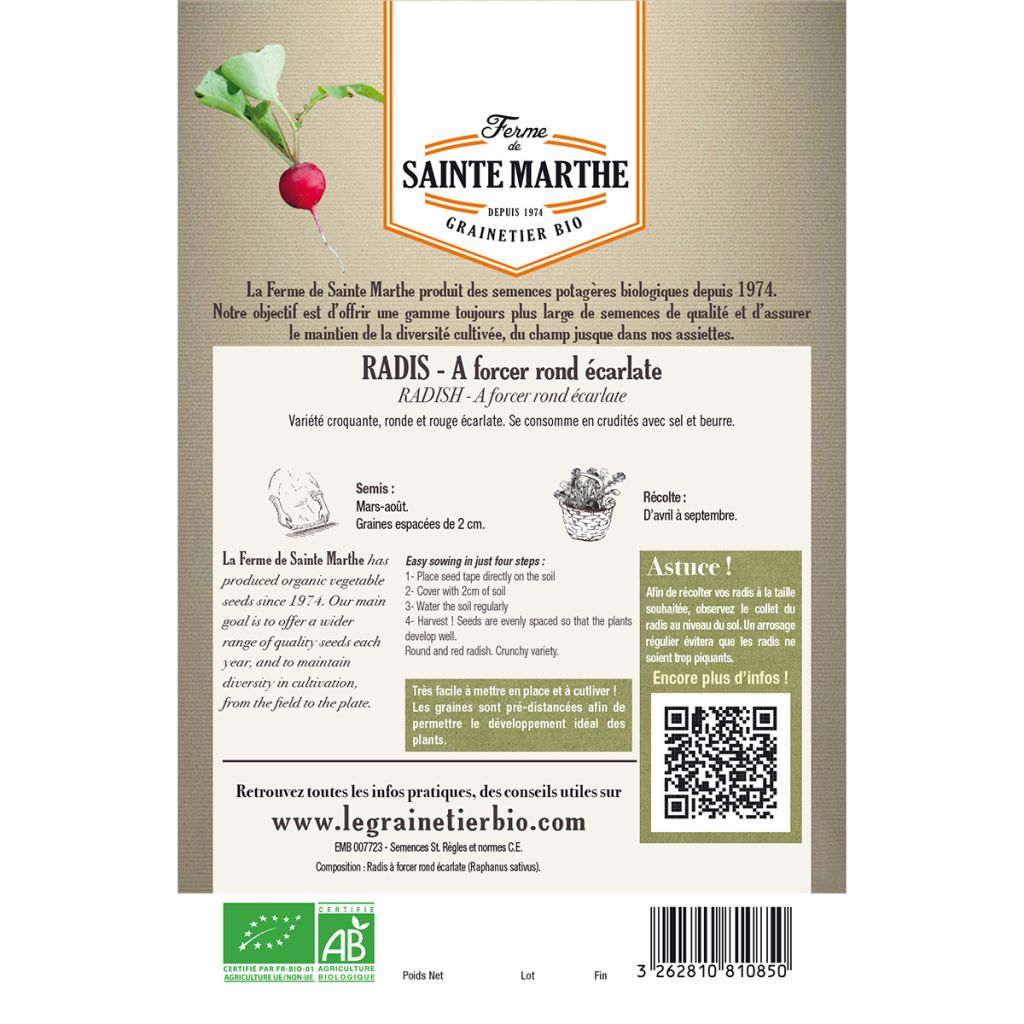

Sainfoin AB - Ferme de Ste Marthe
Organic Sainfoin - Green Manure - Ferme de Sainte Marthe seeds
Onobrychis viciifolia
Common sainfoin, Cock's head
A ma très grande surprise : n'a pas du tout levé (semis du 16/09/19) ; malgré le très grand soin apporté à la préparation du terrain de 50 m2 environ (faux semis et apport d'amendement calcaire marin : maërl ) . Modestie mise à part,je prétends avoir la main verte,en temps que paysan retraité. Comme il me reste une poignée de graines,je vais recommencer en avril 2020. Je suis légitimement déçu ! La qualité de la semence ou de ce lot de semence est t-elle en cause? Je voudrai avoir l'opinion d'autres acheteurs de ce sainfoin . Ferme de Sainte Marthe : c'est en principe sérieux ?
Yves, 21/11/2019
Special offer!
Receive a €20 voucher for any order over €90 (excluding delivery costs, credit notes, and plastic-free options)!
1- Add your favorite plants to your cart.
2- Once you have reached €90, confirm your order (you can even choose the delivery date!).
3- As soon as your order is shipped, you will receive an email containing your voucher code, valid for 3 months (90 days).
Your voucher is unique and can only be used once, for any order with a minimum value of €20, excluding delivery costs.
Can be combined with other current offers, non-divisible and non-refundable.
Why not try an alternative variety in stock?
View all →This plant carries a 6 months recovery warranty
More information
We guarantee the quality of our plants for a full growing cycle, and will replace at our expense any plant that fails to recover under normal climatic and planting conditions.
Description
Sainfoin is a perennial legume that grows to about 80 cm (32in) in height, grown as a forage plant and green manure. Like all legumes, it has the ability to fix atmospheric nitrogen in the soil while protecting it from heavy rainfall. Sainfoin is known for its high hardiness (-10°C (14°F)) and is particularly well-suited for shallow, limestone, and dry soils. It should be sown from March to late April at a rate of 400 to 500 grams per 100 m2.
This variety is of a double or perpetual type: it is less long-lasting (5 or 6 years) than the single type, but more productive, allowing for 2 to 3 cuts per year for forage use.
Widely used in permaculture, green manures have numerous benefits: they enrich and loosen the soil while preventing the establishment of adventive plants. They also provide a vegetative cover that protects clayey soils from heavy rainfall and sandy soils from leaching. They can be sown throughout the year, and can be either incorporated by shallow digging after flowering or left in place as mulch.
A gardening tip: just like with vegetable crops, it is important to consider crop rotation for green manures, so don't always sow the same ones in the same place!
Harvest
Plant habit
Foliage
Botanical data
Onobrychis
viciifolia
Fabaceae
Common sainfoin, Cock's head
Cultivar or hybrid
Perennial
Other Green fertilisers
View all →Planting and care
Sowing in open ground
Seeds are preferably sown from February to March. Sow by broadcasting on well-prepared soil. Cover the seeds with 1 cm (0in) of fine soil or compost, then firm with the back of a rake. Water
Maintenance
Water only generously in case of prolonged drought.
Seedlings
Care
Intended location
Planting & care advice
-
, onOrder confirmed
Reply from on Promesse de fleurs
Similar products
Haven't found what you were looking for?
Hardiness is the lowest winter temperature a plant can endure without suffering serious damage or even dying. However, hardiness is affected by location (a sheltered area, such as a patio), protection (winter cover) and soil type (hardiness is improved by well-drained soil).

Photo Sharing Terms & Conditions
In order to encourage gardeners to interact and share their experiences, Promesse de fleurs offers various media enabling content to be uploaded onto its Site - in particular via the ‘Photo sharing’ module.
The User agrees to refrain from:
- Posting any content that is illegal, prejudicial, insulting, racist, inciteful to hatred, revisionist, contrary to public decency, that infringes on privacy or on the privacy rights of third parties, in particular the publicity rights of persons and goods, intellectual property rights, or the right to privacy.
- Submitting content on behalf of a third party;
- Impersonate the identity of a third party and/or publish any personal information about a third party;
In general, the User undertakes to refrain from any unethical behaviour.
All Content (in particular text, comments, files, images, photos, videos, creative works, etc.), which may be subject to property or intellectual property rights, image or other private rights, shall remain the property of the User, subject to the limited rights granted by the terms of the licence granted by Promesse de fleurs as stated below. Users are at liberty to publish or not to publish such Content on the Site, notably via the ‘Photo Sharing’ facility, and accept that this Content shall be made public and freely accessible, notably on the Internet.
Users further acknowledge, undertake to have ,and guarantee that they hold all necessary rights and permissions to publish such material on the Site, in particular with regard to the legislation in force pertaining to any privacy, property, intellectual property, image, or contractual rights, or rights of any other nature. By publishing such Content on the Site, Users acknowledge accepting full liability as publishers of the Content within the meaning of the law, and grant Promesse de fleurs, free of charge, an inclusive, worldwide licence for the said Content for the entire duration of its publication, including all reproduction, representation, up/downloading, displaying, performing, transmission, and storage rights.
Users also grant permission for their name to be linked to the Content and accept that this link may not always be made available.
By engaging in posting material, Users consent to their Content becoming automatically accessible on the Internet, in particular on other sites and/or blogs and/or web pages of the Promesse de fleurs site, including in particular social pages and the Promesse de fleurs catalogue.
Users may secure the removal of entrusted content free of charge by issuing a simple request via our contact form.
The flowering period indicated on our website applies to countries and regions located in USDA zone 8 (France, the United Kingdom, Ireland, the Netherlands, etc.)
It will vary according to where you live:
- In zones 9 to 10 (Italy, Spain, Greece, etc.), flowering will occur about 2 to 4 weeks earlier.
- In zones 6 to 7 (Germany, Poland, Slovenia, and lower mountainous regions), flowering will be delayed by 2 to 3 weeks.
- In zone 5 (Central Europe, Scandinavia), blooming will be delayed by 3 to 5 weeks.
In temperate climates, pruning of spring-flowering shrubs (forsythia, spireas, etc.) should be done just after flowering.
Pruning of summer-flowering shrubs (Indian Lilac, Perovskia, etc.) can be done in winter or spring.
In cold regions as well as with frost-sensitive plants, avoid pruning too early when severe frosts may still occur.
The planting period indicated on our website applies to countries and regions located in USDA zone 8 (France, United Kingdom, Ireland, Netherlands).
It will vary according to where you live:
- In Mediterranean zones (Marseille, Madrid, Milan, etc.), autumn and winter are the best planting periods.
- In continental zones (Strasbourg, Munich, Vienna, etc.), delay planting by 2 to 3 weeks in spring and bring it forward by 2 to 4 weeks in autumn.
- In mountainous regions (the Alps, Pyrenees, Carpathians, etc.), it is best to plant in late spring (May-June) or late summer (August-September).
The harvesting period indicated on our website applies to countries and regions in USDA zone 8 (France, England, Ireland, the Netherlands).
In colder areas (Scandinavia, Poland, Austria...) fruit and vegetable harvests are likely to be delayed by 3-4 weeks.
In warmer areas (Italy, Spain, Greece, etc.), harvesting will probably take place earlier, depending on weather conditions.
The sowing periods indicated on our website apply to countries and regions within USDA Zone 8 (France, UK, Ireland, Netherlands).
In colder areas (Scandinavia, Poland, Austria...), delay any outdoor sowing by 3-4 weeks, or sow under glass.
In warmer climes (Italy, Spain, Greece, etc.), bring outdoor sowing forward by a few weeks.






























